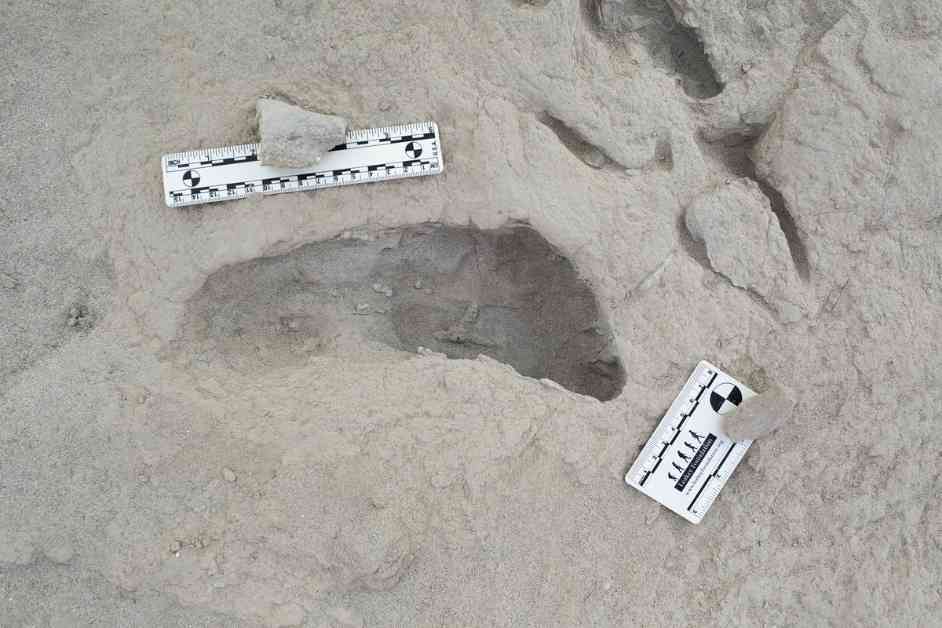Two sets of fossilized footprints from early human species were discovered near Lake Turkana in Kenya, shedding light on the coexistence of two different hominin species. The footprints were made about 1.5 million years ago, with some resembling modern human footprints and others more primitive in nature.
Paleoanthropologist Kevin Hatala, who led the study, identified the modern-looking footprints as belonging to Homo erectus, an ancestor of modern humans. The more primitive footprints were attributed to Paranthropus boisei, an upright hominin species closely related to the Homo genus but not a direct human ancestor.
The timing of the footprints suggests that both species lived near the lake and may have been scavenging for food together. This finding provides direct evidence of H. erectus and P. boisei coexisting in the same location and utilizing the same natural resources for survival.
While previous studies have suggested the coexistence of different hominin species in Africa during that time period, this discovery offers tangible proof of their interaction. Geologist Cynthia Liutkus-Pierce and paleoanthropologist Briana Pobiner find the study fascinating and emphasize the significance of footprint analysis in understanding our ancestors’ behavior and daily lives.
The discovery of these fossilized footprints opens up new possibilities for researchers to explore how early human species interacted and whether they cooperated or competed with each other. The study highlights the importance of examining footprints alongside other fossil evidence to gain a comprehensive understanding of human evolution and behavior.
As scientists continue to unearth new discoveries and analyze ancient remnants, our knowledge of early human species and their relationships with one another continues to evolve. The fossilized footprints found near Lake Turkana provide a unique glimpse into the past and offer valuable insights into the lives of our ancestors over a million years ago.










